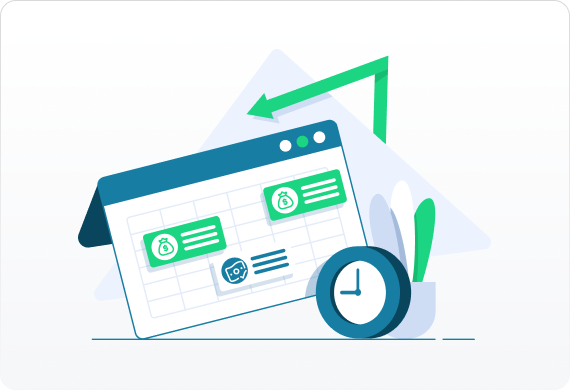Small business owners often turn to borrowing to meet their capital needs. Lenders provide them with the funds to cover working capital gaps, expand their businesses, and consolidate debt. But there are times when borrowing is not the solution to your problems.
Here are nine situations in which you should think twice about taking out a loan.






